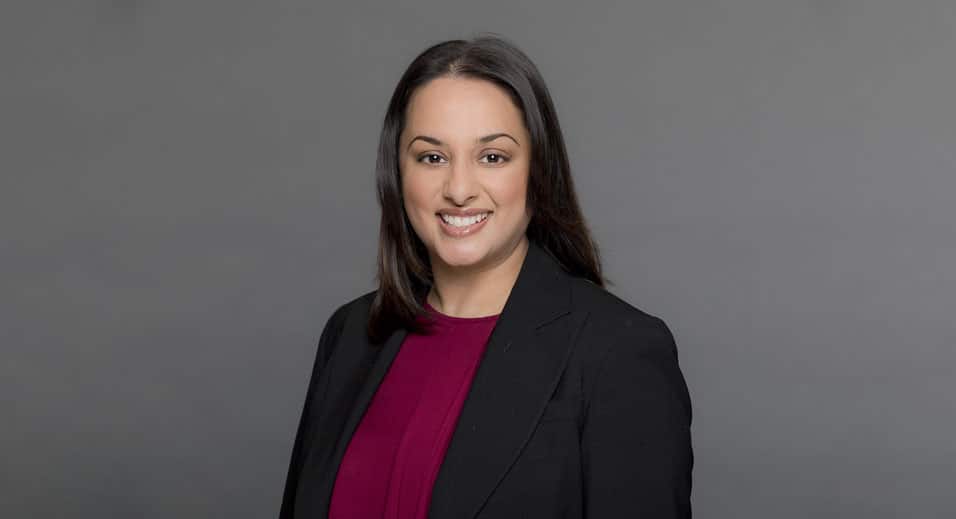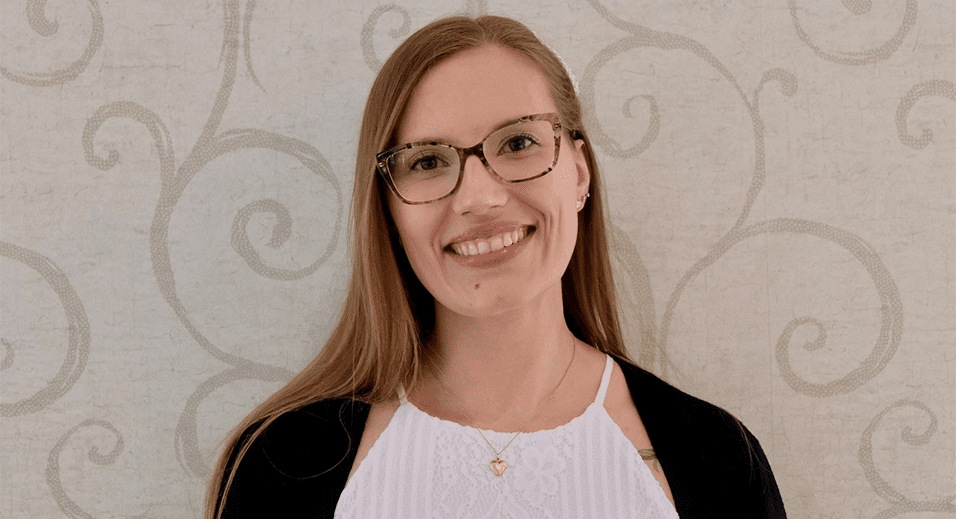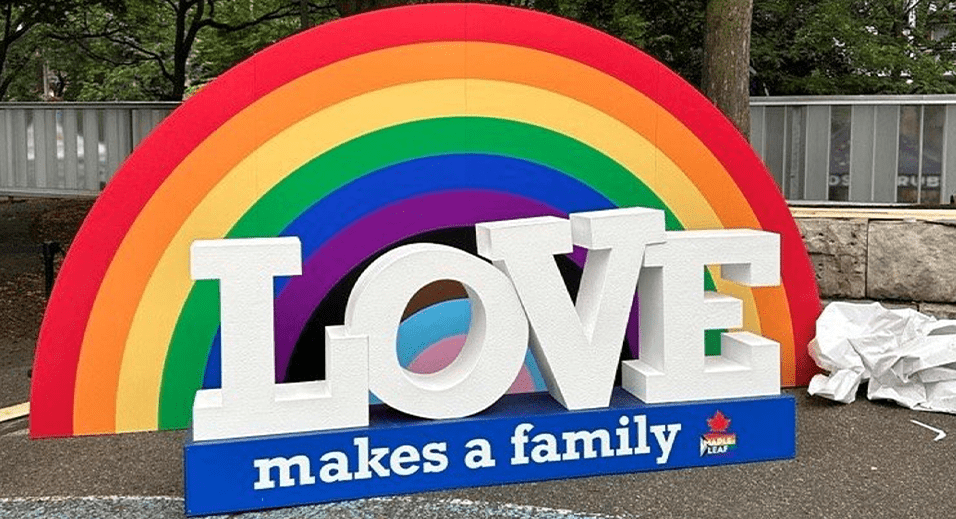From crafting our Diversity & Inclusion Blueprint to leading instrumental Employee Resource Groups, Janine has sparked pivotal change as a DEI practitioner.
Janine Tamboli is the Director of Diversity & Inclusion (D&I) at Maple Leaf Foods, where she’s led the effort to create a more equitable, diverse, and inclusive company since 2019.
As part of her dynamic position, Janine also supports Maple Leaf’s Employee Resource Groups (ERGs), which are instrumental in helping build and sustain a sense of belonging and diversity in the workplace.
Here, she reflects on the pivotal moment that inspired her to join the company, offers advice for those early in their careers, and walks through Maple Leaf’s Diversity & Inclusion Blueprint she helped craft upon joining the organization.
What brought you to Maple Leaf? Why did you want to join the D&I team?
I wasn’t exactly looking to make a career move when a colleague from a previous company introduced me to the Vice-President of Leadership and Learning, who was recruiting for the role that I’m now in. After hearing him talk about the culture and getting the chance to meet other leaders, my interest in Maple Leaf was piqued. It was meeting with Curtis Frank, Chief Operating Officer, that sealed the deal for me. In hearing him talk about the company culture, his aspirations, and deep desire to ensure a sense of belonging, I knew I had to work here!
What made you stay?
At only three years in, there’s such opportunity! And, of course, the amazing people!
Why is gender equity so important in the workplace?
Gender equity and gender equality are important everywhere! The business case for both is well established, as is the social imperative. I think a better question is, “Why would gender equity NOT be considered important!?”
How do you define your purpose at Maple Leaf?
Helping team members and the company ensure their impact matches their best intentions and building an inclusive culture where all our people can thrive.
What challenges have you faced as a woman in a leadership role? How did you overcome them?
The much-discussed ones for sure: being spoken over, hearing what I just said repeated by someone else (but louder!), figuring out how to find a balance between home and work, then dealing with the mom guilt that inevitably ensues, and often being (and feeling like) ‘the only’ in the room.
My parents are Indian-born Canadians who moved to France and, subsequently, Canada. I was born in France and immigrated to Canada as a child. I was of two worlds: raised in the Parsi Zoroastrian culture, but also encouraged to embrace being Canadian. What that meant for me was that I often felt out of place whether I was in Canada, in India, or even in France where I was born. Although longing to belong was often hard, it has sensitized me and inspired me in my efforts to create a culture at Maple Leaf where people DO feel a deep sense of belonging.
What’s your personal motto?
Be curious, be empathetic, be kind – and do good.
What advice do you have for women in the early stages of their career?
Be open to and accept a variety of opportunities, especially the ones you didn’t originally consider. It may be that when someone offers you a role or project you didn’t anticipate or that wasn’t a part of your plan, it’s because they see potential in you to thrive in that opportunity.
Remember to keep your inner critic in check. Aiming for excellence, not perfection, has been a never-ending battle for me. Consequently, I frequently find myself criticizing aspects of my work or being – something I’ve heard many people do, especially when you’re early in your career. There are lots of different tactics to quell the critic within, but here’s one of mine: I have a folder on my computer called “Sunshine.” In it, I keep all the emails or texts with kind and lovely words that people have sent my way over the years. When I’m overwhelmed, stressed, or feeling low, I visit that folder to be reminded that, at least at some moment in time, people not only thought I was pretty great but took the time to tell me how and why.
What do you wish people understood better about what you do?
I’ve been a Diversity, Equity & Inclusion (DEI) practitioner for some 10 years, but I’ve found it’s still not a well-understood role. Being a DEI practitioner is about the doing. While each day is different and the responsibilities can run the gamut (if you let them!), ultimately, corporate DEI practitioners identify and root out systemic barriers and inequity, shift mindsets and nudge behaviour change, and build a movement for inclusion.
Can you walk through Maple Leaf’s Diversity & Inclusion Blueprint and how it came to be?
When I joined the organization in 2019, my first mandate was clear: craft the DEI strategic plan. My first few months were spent getting to know the business, reviewing our policies, practices, and data, and hearing from senior leadership, the Diversity & Inclusion Leadership Council, human resources, ERG members and leaders, and team members from all over the company. Out of this effort, the Diversity & Inclusion Blueprint was born.
Our Blueprint and the four pillars within it are constant. But the efforts behind the pillars, such as specific tactics or actions that we’re going to take, will change over the years as Maple Leaf evolves. Every day, Maple Leaf team members carry themselves according to the Blueprint Leadership Values, and I’m inspired by the passion I see across the company. I’m so glad I made the move to Maple Leaf Foods.



